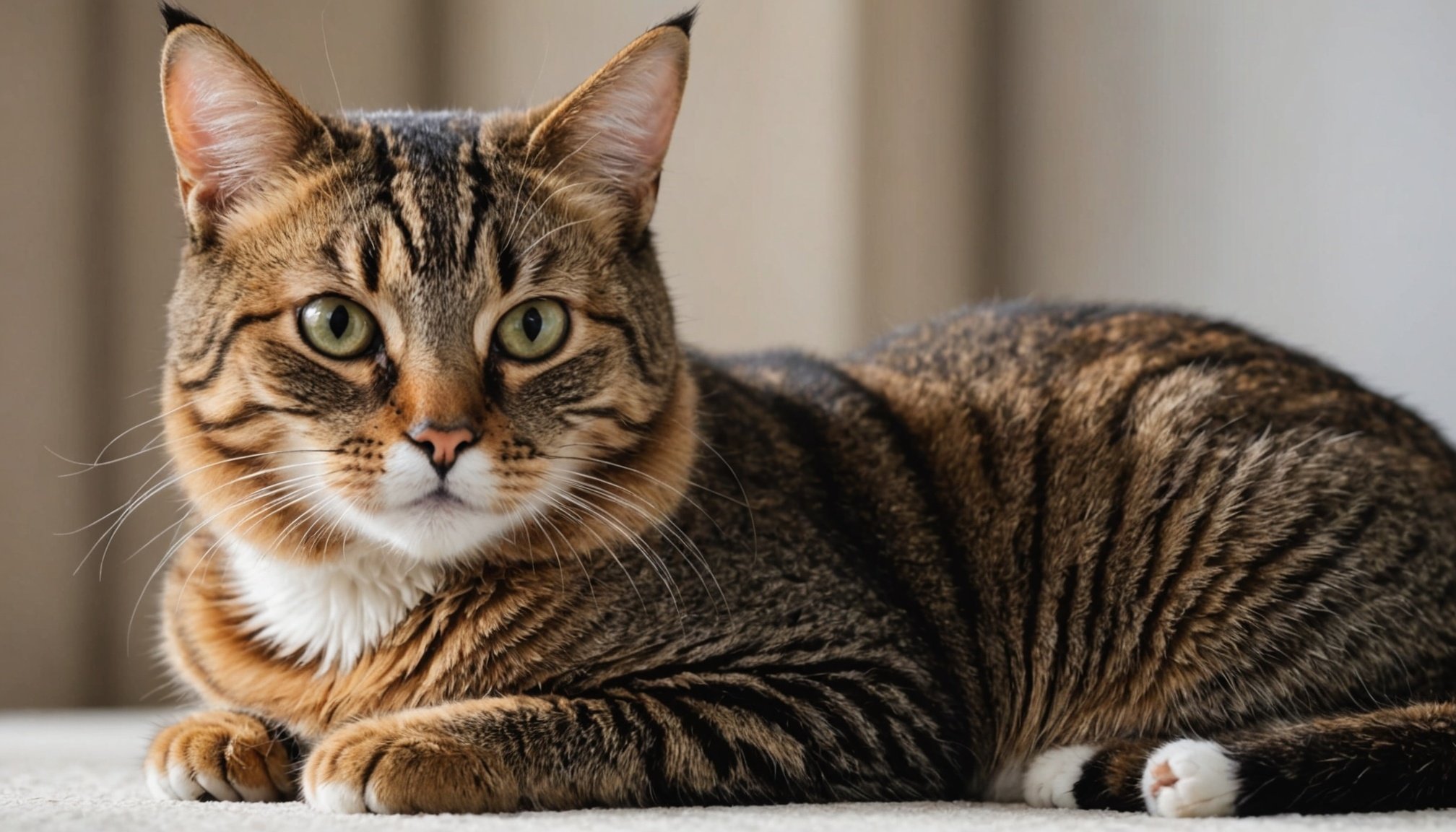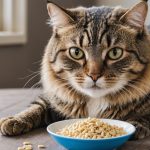Overview of Polycystic Kidney Disease in Cats
Polycystic kidney disease in cats is a genetic disorder affecting the kidneys, characterized by the growth of multiple cysts within the renal tissue. These cysts can gradually enlarge, impairing kidney function and potentially leading to renal failure. Unlike acute kidney conditions, disease progression in PKD is typically slow, yet it necessitates attentive management to delay severe outcomes.
Symptoms
Cats with PKD commonly exhibit symptoms such as weight loss, increased thirst and urination, reduced appetite, and lethargy. These symptoms often correlate with the declining efficiency of the kidneys in filtering waste from the bloodstream. As the cysts enlarge, the clinical signs may exacerbate, underscoring the importance of regular health monitoring.
Also to read : Essential guide to detecting and treating early cataracts in senior cats: safeguard your cat’s vision with proactive care
Diagnosis
Identification of PKD often begins with a veterinarian conducting a thorough physical examination of the cat. Diagnostic methods include ultrasound imaging, which is particularly effective in visualizing kidney cysts. Additionally, genetic testing can confirm the presence of the disease in suspect cases, especially in breeds predisposed to PKD, such as Persians. Early diagnosis enables timely intervention, potentially mitigating the disease’s impact on the cat’s quality of life.
Importance of Diet in Managing PKD
Nutritional management plays a crucial role in managing polycystic kidney disease in cats. A diet specifically tailored for cats with PKD can significantly impact the progression of the disease. These diets often focus on reducing protein levels to decrease kidney workload, while increasing high-quality fat sources to provide necessary energy. Speciality commercial diets and carefully planned homemade meals can serve as kidney-friendly foods.
Also to read : Selecting the perfect probiotic formula and dosage to boost your cat”s digestive wellness
When considering a diet for cats with PKD, select options that are lower in phosphorus and sodium, as these elements can exacerbate kidney damage. Commercial renal diets are formulated to meet these criteria and are easy to manage. Homemade meals, when properly guided by a veterinary nutritionist, are also valuable.
Hydration is another critical component in nutritional management. Adequate water intake helps prevent dehydration, a common risk with compromised kidney function. Wet foods or adding water to dry kibble can encourage greater fluid intake, helping maintain renal health.
Lastly, any dietary changes for cats with PKD should be introduced gradually to minimise stress and ensure acceptance by the cat. Collaboration with a veterinarian ensures the diet meets the specific needs of the affected cat while supporting overall health and well-being.
Medications for Polycystic Kidney Disease
In managing polycystic kidney disease in cats, medication plays a pivotal role. Commonly prescribed medications aim to alleviate symptoms and support overall kidney function. These include antihypertensives to manage high blood pressure and phosphate binders to control blood phosphorus levels.
Moreover, veterinarians might recommend supplements like omega-3 fatty acids, which can offer additional renal support. Each medication requires close monitoring as side effects such as gastrointestinal upset or changes in blood parameters can occur.
Because treatment is often lifelong, consistent veterinary check-ups are indispensable. This allows for ongoing evaluation of the cat’s condition and adjustment of treatment plans as needed. Monitoring typically involves blood tests and urinalyses to assess kidney function and check for potential medication side effects.
Beyond conventional treatments, alternatives and complementary therapies are sometimes explored. These may include acupuncture or herbal supplements, though efficacy can vary and should be discussed with a veterinary professional. Integrative approaches can provide additional support, complementing traditional medications to improve the cat’s quality of life. Ultimately, a tailored, holistic treatment strategy is crucial to managing PKD effectively.
Practical Tips for Caregivers
Supporting a cat with polycystic kidney disease (PKD) involves a thoughtful approach to daily care to enhance their quality of life. Caregivers should emphasize consistent hydration by providing fresh water or wet foods to help maintain renal health. Additionally, integrating low-stress environmental modifications like soft bedding and quiet resting areas can improve your cat’s comfort. Adjust your cat’s diet to include kidney-friendly foods, as mentioned previously, which can support overall health.
Regular veterinary check-ups are crucial; they allow for early detection of changes in kidney function and timely adjustments in care. Routine blood tests and urinalyses aid in monitoring disease progression, providing indispensable information for tailoring treatments. Veterinary support is integral for adapting medication dosages and exploring new treatment modalities as the disease evolves.
Be vigilant for behavioural changes such as increased lethargy or altered appetite, which could indicate the need for a reassessment of your current management plan. Engage actively with your veterinarian to ensure you address any emerging symptoms promptly. Employing these daily management tips not only supports the cat’s health but also offers peace of mind by planning ahead and staying informed.
Case Studies and Real-Life Examples
Exploring real-life case studies and owner experiences with polycystic kidney disease (PKD) in cats provides valuable insights into effective management strategies. These stories highlight the diverse approaches pet caregivers have taken to improve their cats’ quality of life.
In one case, a Persian cat diagnosed with PKD benefitted from a combination of a specialised kidney diet and regular vet check-ups. This tailored approach allowed for the early detection of disease progression and timely adjustments in renal support medications. Moreover, the owner reported noticeable improvements in the cat’s energy levels and appetite.
Another notable example involves an owner who opted for complementary therapies like acupuncture alongside conventional treatments. This holistic strategy reportedly eased the cat’s discomfort, although efficacy can vary.
These experiences underline the importance of collaboration with veterinary professionals. Feedback from owners often emphasises the role of personalised care plans and consistent monitoring in achieving successful management outcomes. The key takeaway for caregivers is to remain flexible and open to trying various approaches, ensuring their cat receives the best possible care. Embracing these real-life lessons can guide others in navigating the challenges of managing PKD in their own pets.
FAQs About Polycystic Kidney Disease in Cats
Polycystic kidney disease in cats stirs numerous queries due to its complex nature. By tackling common questions, we aim to dismantle myths around PKD. A prevalent misconception is that all cats with PKD will experience immediate kidney failure. In reality, disease progression varies, with some cats maintaining stable health for years.
One frequently asked question is: “Can PKD be cured?” The straightforward answer is no. PKD is a genetic condition without a cure, but prompt diagnosis allows for effective management via diet, medication, and regular vet check-ups.
Cat owners often wonder about early signs; symptoms tend to include increased thirst, urination, and reduced appetite. Recognising these signs early aids in preserving your cat’s quality of life.
Furthermore, owners question the role of genetics in PKD. Indeed, some breeds, notably Persians, have a genetic predisposition, making diagnosis in such breeds crucial for early intervention.
For comprehensive assistance, pet owners can turn to support networks, including veterinary specialists and online communities. These resources foster informed decisions and provide emotional support throughout their journey. By dispelling myths and presenting facts, we empower pet owners to give their cats the best possible care.











